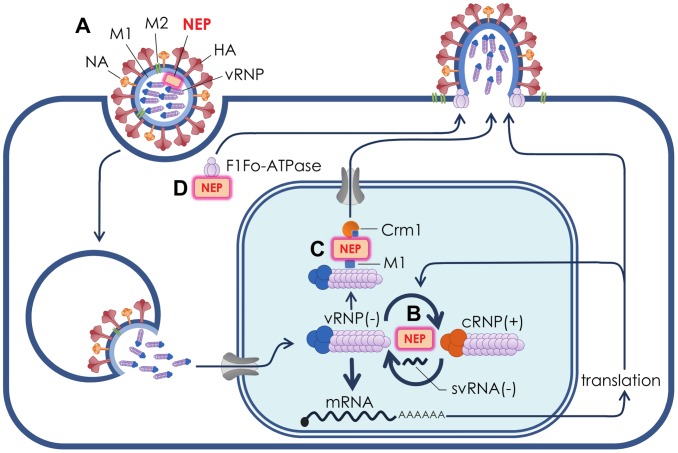Figure 1. Roles of NEP in influenza virus replication.
(A) The influenza virion is an enveloped particle with an outer surface dominated by the receptor-binding protein haemagglutanin (HA) and the sialic acid-cleaving neuraminidase (NA), as well as small amounts of the M2 ion channel. The viral matrix protein (M1) is situated beneath the lipid envelope. The segmented virus genome is packaged in the form of viral ribonucleoproteins (vRNPs) that comprise the three viral polymerase subunits PA, PB1, and PB2 and multiple copies of the nucleoprotein (NP) bound to the viral genomic RNA. NEP was first thought to be nonstructural in function, however it is now recognised that NEP is resident within influenza virions where it may interact with M1. (B) NEP stimulates the synthesis of the viral cRNP replication intermediate that is proposed to result in the increased production of vRNPs late in infection for packaging into progeny virions. In order to achieve this, NEP may act in concert with recently described small viral RNAs (svRNAs). (C) NEP acts as an adaptor protein to mediate the export of vRNPs from the nucleus for packaging into progeny virions at the cell periphery. NEP mediates nuclear export by interacting with the cellular nuclear export protein Crm1 and the viral M1 protein, which is in turn bound to vRNPs. (D) NEP has been shown to recruit the F1Fo ATPase that is involved in the budding of progeny virions.

